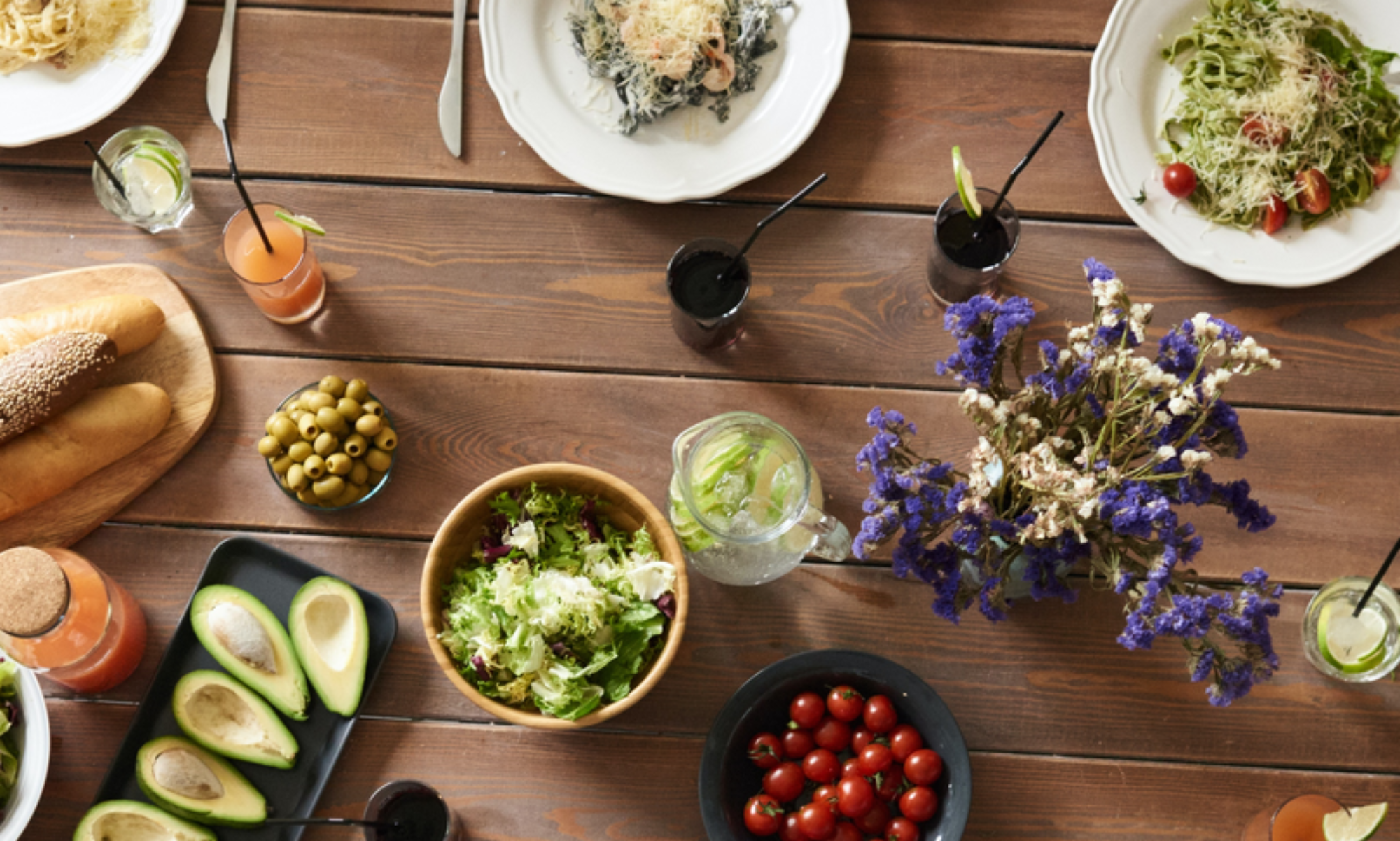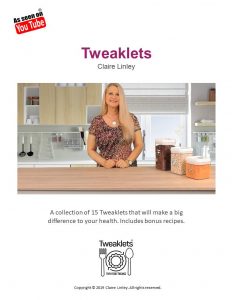Are you a tea drinker? If you’re not then I might have a few incentives for you to consider.
Next to water, tea is one of the most consumed drinks in the world. Recently green tea has received more attention for its health benefits, than black tea, but actually, they both contain many beneficial substances that boost good health.
So black and green tea come from the same camellia sinesis plant. They are both harvested from the upper buds and leaves of the plant. Green tea is dried slightly and then heated to stop oxidation and enhance the flavour.
Black tea is crushed and rolled and allowed to oxidize and turn a dark colour before it is harvested. This gives it a stronger richer flavour.
Both green and black tea contain large quantities of antioxidants and anti-inflammatory compounds, but different types. What they have in common are flavonoids which protect our bodies against chronic diseases like heart disease, cancer, diabetes and more.
These flavonoids protect the heart and blood vessels to lower cholesterol, harmful plaque and blood pressure.
Green tea has some other powerful protective compounds that help to burn fat, boost the immune system, help with allergies and asthma. It also contains very useful amino acids and trace elements such as calcium, magnesium, chromium, manganese, iron, copper and zinc.
Green and black tea both contain caffeine, generally green has slightly less, and both have less caffeine than coffee. Interestingly though it’s the way tea affects brain chemicals that for many people make it preferable to coffee.
Tea helps us feel awake and alert but in a relaxed state of mind, which is a really beneficial balance for your brain and your general state of well being. Hmmm, I like it – calm and alert! Something to strive for!
If you’re wondering which type of tea to choose, studies show both types of tea contain similar beneficial health benefits, but green tea wins big in terms of the amounts of antioxidants it contains.
So all that’s left to be said is get brewing! As always choose a quality product and work out what feels good when you drink it. Sharpening our intuition around food that suits our body is a wonderful thing to practice.
Green tea, black tea another tiny food tweak from Tweaklets.


